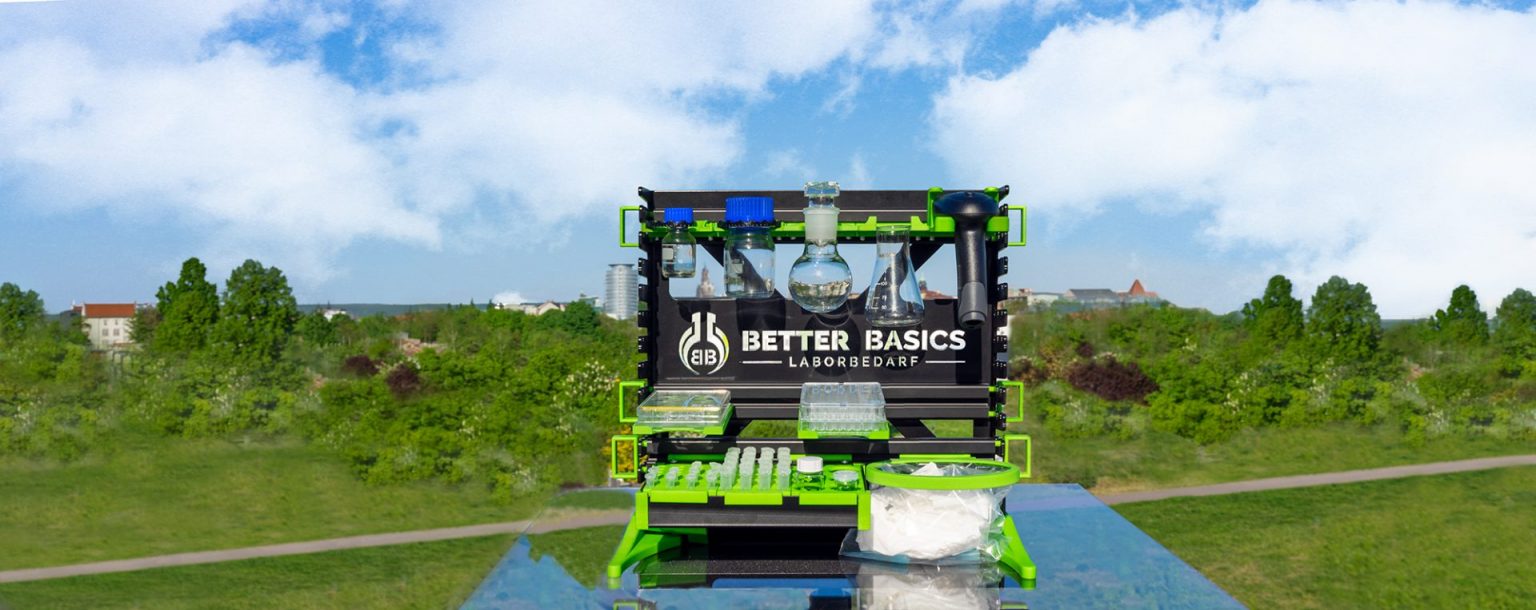
INFORMATION ON SUSTAINABILITY OF SLS-3D- PRINTING
The sustainable production of components has to deal with a large number of challenges. In addition to the high accuracy in series production, production costs have always played a major role.
Sustainability and design-efficient form of industrial manufacturing
Design-efficient form of industrial manufacturing
The sustainable production of components has to deal with a large number of challenges. In addition to the high accuracy in series production, production costs have always played a major role. If sustainability and the conservation of resources are to be taken into account, it will be necessary to break up conventional thinking structures and discover new ways of production. For the extraction of raw materials from which later products are to be manufactured, a large amount of energy is usually necessary.
The elaborately obtained raw materials must therefore be protected and further processed in an economical way. If, for example, a cutting process is then used which removes material with additional energy by, for example, drilling, turning, grinding, honing or sawing, clippings are produced in which a lot of primary energy has been bound – the material now ends up as waste. Therefore, “classical” manufacturing processes were also called subtractive processes.
Although these chips could also be processed, although again this costs energy. Economical use of raw materials is hardly possible in this way. Between subtractive processes and additive processes, such as 3D printing, there are casting processes, which, due to the complexity in mould design and mould planning, are only economically applied in large series. At this point, SLS 3D printing scores points, because as an “additive” manufacturing process, it only welds, and therefore only uses, those raw materials which are needed for the later component.

Design options
In general, the term 3D printing is understood to mean additive manufacturing using a wide variety of materials. So both metal and plastic can be processed in 3D printing. In the best of all cases, a sustainable plastic is used in SLS 3D printing, which is not obtained from petroleum, but from renewable raw materials.
Under the name Polyamide 11 (PA11) there is a unique high-performance polyamide based on plants, which is obtained from renewable castor seeds. Its chemical and physical properties correspond to those of traditional polyamides, which is why suppliers of SLS 3D printers should provide for the use of this material in the future.
Definition
In general, the term 3D printing refers to additive manufacturing using a wide range of materials. Metal can be processed in 3D printing as well as plastic. In the best of all cases, SLS 3D printing uses a sustainable plastic that is not derived from petroleum but from renewable raw materials.
Called polyamide 11 (PA11), it is a unique high-performance plant-based polyamide derived from renewable castor seeds. Its chemical and physical properties correspond to those of traditional polyamides, which is why providers of SLS 3D printers should plan to use this material in the future.

Summary
Sustainability in 3D printing is a joint task of manufacturers and users. Because where sustainability alone is required, the tasks of technology and innovation to be solved in the economic no-man’s-land between producers and users fall by the wayside. Currently, additive manufacturing and subtractive processes in large-scale production are at the same level in terms of their energy consumption. However, if it is taken into account that subtractive processes have gone through decades of optimisation cycles and the opportunities of 3D printing are only at the beginning of their use, then in the medium and long term in an industrial world characterised by sustainability and environmental awareness, 3D printing will take the lead, since smaller and more individual series products provide more tailored solutions for customers who can use their investments for longer as a result. However, sustainable production is already possible today. Better Basics Laborbedarf produces also by using 100% green energy. The resulting waste heat from the SLS 3D printing process is also used to heat the office space, which means that no energy is wasted.
Further information
You can download our product catalog as a PDF file from the downloads section of our website.
If you are interested in our products, please use the inquiry form in the downloads section.
